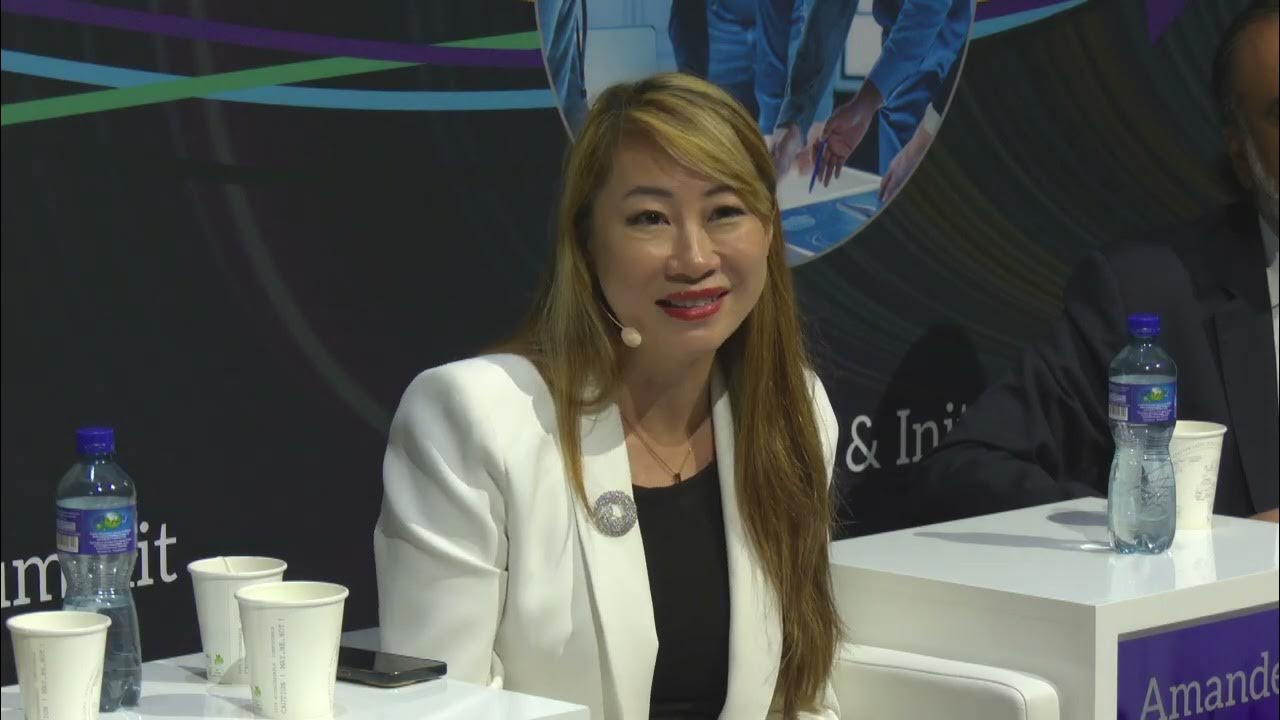
Although artificial intelligence has been in existence since the 1950s, the astonishingly rapid acceleration in its recent development means that new tools such as generative AI are already being widely adopted across industries and societies in record time. As the impact of AI transcends national boundaries, what opportunities and challenges remain in achieving international cooperation to ensure that AI is used for the common good and in ways that benefit all of humanity?
Takeaway Messages
“From its development in the 1950s to the recent surge in generative AI, artificial intelligence has transcended national and cultural boundaries. Taking ChatGPT as an example, its fast adoption exemplifies the need for proactive consideration and discussion of profound questions about emerging technologies before it’s too late to act.
”
“United Nations Secretary-General António Guterres recognises AI’s potential to accelerate the U.N.’s Sustainable Development Goals (SDGs) but emphasises the importance of governance to prevent malicious use. There are calls for the creation of a U.N. entity to govern AI, modeled after U.N. agencies like the International Atomic Energy Agency, International Civil Aviation Organization, or the Intergovernmental Panel on Climate Change.
”
“While the speed in scientific advancement is clear, more innovation in governance is needed. Reinforcing international collaboration means that countries and regions must come together to treat this as a global challenge for humanity, while being optimistic about governance.
”
“As AI models become more multi-modal, learning from images, video and audio, they become more powerful, because machines, like humans, learn from multiple signals from the physical world. Some people refer to this trend as artificial general intelligence and researchers have yet to discover its full capabilities.
”



